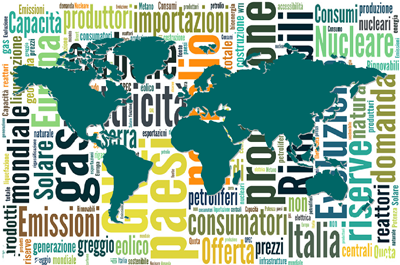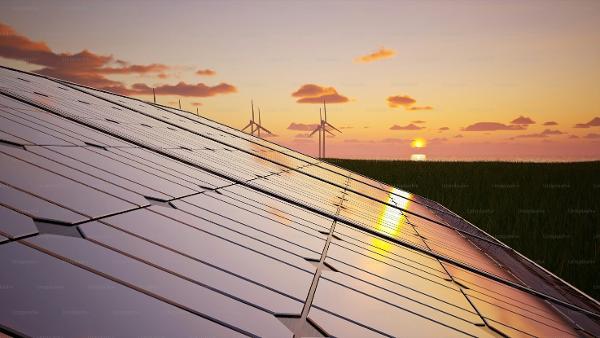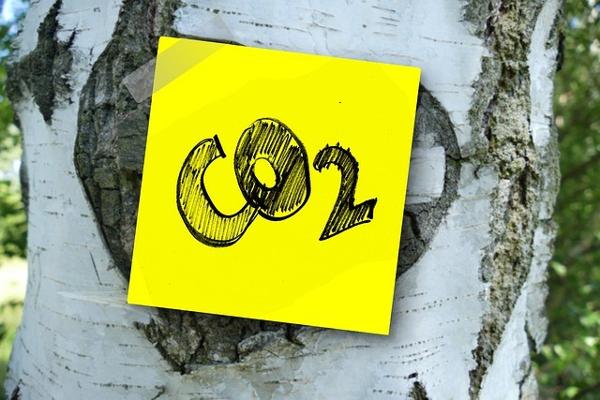Russia’s invasion of Ukraine in February 2022 brought major disruptions to the global energy system and heightened Europe’s vulnerability to disruption of gas supplies. The transition to renewables has had the effect of pushing up demand for gas – often viewed by governments and energy analysts as a medium-term bridging fuel between the eras of hydrocarbons and renewables. However, the long-term target of creating net zero economies in Europe has sapped investors’ willingness to invest money into developing supplies of a fossil fuel they believe could be largely obsolete in a few decades. In other words, in the last few decades despite Europe’s rising gas consumption, it has failed to invest in increasing production and in reducing its heavy dependence on Russia’s supplies.
Furthermore, Europe’s attempt to be a global leader on climate change and its efforts to convince other countries to reduce their pollution have pushed the fast-growing economies of Asia to move away from coal and replace it by natural gas. As a result, countries such as China and India are now rivals for the same supplies of liquified natural gas (LNG) that Europe has come to rely on from producers such as the United States and Qatar. Asian gas demand has grown so rapidly – expanding by more than 50 percent over the past decade, led by a tripling in consumption in China – that LNG cargoes have become much harder to secure.
The underinvestment in natural gas and other fossil fuels is the underlying reason for the soaring energy prices in Europe, adding to inflationary pressure and socio-economic and political instability. Some analysts argue that Europe moved too quickly away from fossil fuel power, before ensuring that sufficient renewable sources could take up the slack in an emergency. Caught halfway in a transition that should take decades, Europe is now scrambling to find coal and gas to burn in its remaining traditional plants. Within this context, the European Commission decided to label some nuclear power and natural gas plants as “transitional” green investments. It argues that shifting towards renewable energy is essential for achieving climate neutrality. But it is also necessary to have stable sources to accelerate the transition towards net-zero greenhouse gas emissions. Proponents say nuclear power and natural gas must be supported as “bridges” until renewable technologies – like solar, wind or eventually hydrogen – can generate enough power to replace fossil fuels. But critics say that it promotes energy sources that are harmful for the environment.
It is important to underscore that pressure in global energy markets predated Russia’s invasion of Ukraine, but Moscow’s actions have turned a rapid economic recovery from the pandemic – which strained all manner of global supply chains, including energy – into full-blown energy turmoil. Russia has been by far the world’s largest exporter of fossil fuels, but its curtailments of natural gas supply to Europe and European sanctions on imports of oil and coal from Russia are severing one of the main arteries of global energy trade. All fuels are affected, but gas markets are the epicenter as Russia seeks leverage by exposing consumers to higher energy bills and supply shortages. Prices for spot purchases of natural gas have reached levels never seen before, regularly exceeding the equivalent of $250 for a barrel of oil. In response to these limited Russian supplies and soaring prices, Europe has successfully negotiated LNG agreements with other producers like Azerbaijan, Qatar and the United States.
It will take some time to fully understand the short and long terms impact of the Russia’s invasion of Ukraine on European and global energy markets. But one clear outcome is that a growing number of oil and gas consumers in Europe and elsewhere seriously question the credibility of Russia as a source of reliable oil and gas supplies. The International Energy Agency projects that Russia’s share of internationally traded gas will fall from 30 percent in 2021 to 15 percent by 2030. Since the beginning of the war in Ukraine, energy consumers in Europe and elsewhere have concluded that shortfalls in fossil fuel production from Russia must be replaced by production elsewhere – even in a world working toward net-zero emissions by 2050. The key, however, is to avoid spending on infrastructure that would either lock in heavy emissions for years to come or quickly turn into stranded assets. In other words, the natural gas crisis should be the driver of an energy transition, not an impediment.




















